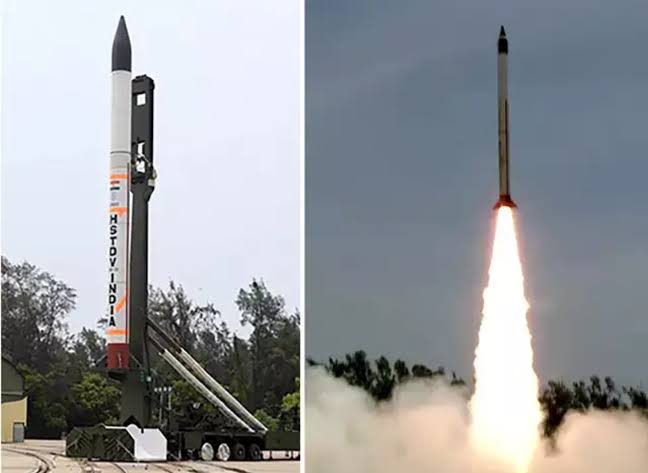HYPERSONICS : India At par with the global ‘leaders’

Hypersonic weapons have the potential to exacerbate dangers of hegemony over the rest of the World by a few. Emergence of hypersonic hostile weapons is becoming dangerous but the leaders of USA, Russia and China have intentionally and wishfully ignored the threats and the potential perils associated in developing such weapons. So naturally India too had to step in to ensure such technological developments to fight the new security challenges and become capable of breaking the hegemonic designs of any power.
In the last few years, leading global nuclear powers have been involved in a race to develop hypersonic weapons. The United States, Russia, and China have up till now developed hypersonic weapons systems comprising hypersonic cruise missiles (HCMs) and hypersonic glide vehicles (HGVs). India too has a hypersonic technology development vehicle (HSTDV) programme in full swing where on 7th September 2020 DRDO successfully tested a weaponizable HSTDV in the presence of Defence Minister Rajnath Singh.
The HSTDV was powered by an advanced scramjet engine, which will serve as a critical building block for the next generation hypersonic cruise missiles.
The swift development of HSTDV by India has ensured that global strategic balance is not threatened at large and regional security in Asia particularly between India and China retains its balance.
The HSTDV indicates that New Delhi is committed to developing hypersonic technologies. This has been done with the aim of enhancing its offensive counterforce military capabilities against China and any other power which tries to threaten it. It will also help India in achieving the status of a global power, so that no one with vested interests tries to equate it likes of Pakistan.
Due to these moves by India in the field of hypersonic arms no power will start, challenging the geopolitical peace and undermining strategic equilibrium. It will also give rise to a new confidence to India as its missiles will be able to penetrate most missile defences and will further compress the timelines for a response by a nation under attack.
This flight test was not the first step towards the realization of an indigenous hypersonic vehicle. In 2019, itself, India had conducted the maiden launch of a new HSTDV, which has futuristic application for next generation missiles and aerial systems. Unlike other missile systems, hypersonic missiles travels at speeds of Mach 5 and higher – five times faster than the speed of sound (3836 mph), which is around 1.6km per second with low altitude and manoeuvrability of a cruise missile. In comparison, there still exist no credible detectors and interceptors to successfully shoot down hypersonic missiles. Hence, no such systems exist at present that can be used to defend against this technology.
The speed and agility of Hypersonic weapons developed by India will ensure strategic stability. It would help to prevent any pre-emptive strike “plans “ of China against Indian strategic forces. India is Also developing Hypersonic Cruise Missile BrahMos-II which will have Mach 7 hypersonic speed.
Indian efforts in the hypersonic weapons operationalization, will make South Asian region more secure and help prevent any nuclear conflict. With Indian hypersonic version of BrahMos, there will be no threat of any nuclear blackmail by Pakistan. Indian hypersonic capability will leave no room for credible countermeasures by Pakistan in case of Indian first strike which will likely be a matter of a minute or two to reach the desired target. Such scenario will ultimately lead to full peace on the LOC because Pakistan will come to know that any violations will be too costly for it.
Thus the threat of ambiguity that accompanies hypersonic weapons systems which, further ensure nuclear stability in whole of Asia. Both China and India will have a stake in ensuring this stability. Pakistan will then be in no position to oppose this. It will be suicidal for Pakistan both economically and strategically to even think of obtaining/developing its own hypersonic weapons.
These weapons cannot be inducted in regular war-fighting tech, as these weapons will completely change the balance between offence and defence. These circumstances of manoeuvrability and speed of the weapons could risk a conventional attack by Pakistan being mistaken for a nuclear attack, prompting a total annihilating nuclear strike by India.




